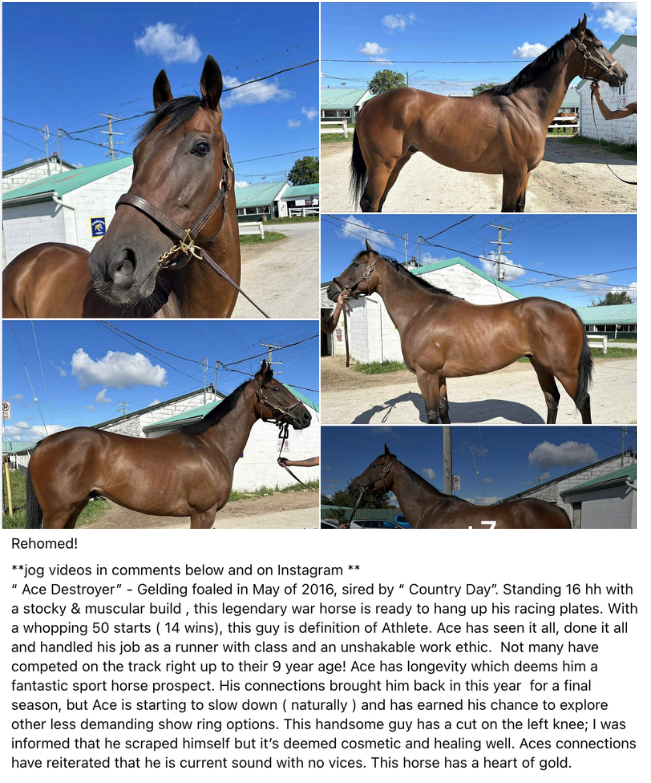Track, Record, Repeat
I last wrote about tracking Thoroughbreds over a year ago. With that much time passed, it seems like a fine time to write an update on my current world of tracking. Unsurprisingly, a good amount of my tracking work remains the same. However, there are some changes and additions to my methods and organization.
Things stay the same
Every month, I check on the status of horses that were bred and/or raced by Wasabi Ventures Stables. I add works, entries, and results to active foals and racehorses. I seek updates from connections for horses that are inactive for two months or longer. I email or message via social media, requesting an update on the horse. Sometimes I receive replies, sometimes I don’t.
I continue to search for inactive horses via an assortment of online resources. I look for our horses via web search engines and social media platforms. I try varying combinations of words, in hopes that that month’s words yield a result. Sometimes adding a single word to a search produces a fabulous result: a “lost” horse now is found.
Additions and changes
What used to be one spreadsheet now is six (6!). As Wasabi Stables grows, so does my tracking. My spreadsheets are comprised of the following:
- Former active horses
- Former inactive horses
- Active WVS-bred foals
- Inactive WVS-bred foals
- Former broodmares
- Former runners/now broodmares
Four of these spreadsheets are fairly self-explanatory. I use the sheets for former active horses, active foals, former broodmares, and former runners/now broodmares to track the activities of horses who still race or are being bred.
The spreadsheets for inactive horses and foals each have their own subcategories. These sheets track the activities of retirees from dressage to lesson horses to pasture puffs. These sheets also have horses labeled as inactive. This category is for horses who have not run in six months, and their whereabouts are unknown. Every month I search in hopes of finding their current location.
I also use more websites to search for WVS-associated horses. Initially my updates for active horses only utilized Equibase and The Jockey Club websites. Now I also seek updates on a number of international racing websites, as our broodmares’ offspring relocate to countries across the globe. I also search for mares, using tools such as Equineline.
The same frustrations
I can’t find all of the horses.
It is as simple as that. Sometimes a horse retires, but their papers stay at the track. A trainer and/or owner may not reply to my email or message. I may not be able to find contact info for a trainer and/or owner. Regardless to the reason, without updates, the horse stays on my inactive spreadsheet.
Because I find the lack of an answer frustrating, I return to my searches monthly, broken into categories. Week 1: check on former active horses. Week 2: check on active WVS-bred foals. Repeat with other categories throughout the month. Occasionally, that diligence pays off and makes the frustration more bearable.
The reason I do this

The answer is simple: the horses. For all our horses give us, we owe them safe retirements when their racing/breeding careers end. When I receive an update from the owner of a retiree who is “the best horse ever,” it makes my day. To know that our horses are as loved in retirement as they were in racing or breeding life is heartwarming. When I find a horse who was inactive via a new search and learn that the horse is living the best off-track life, I am thrilled.
So, I will continue to track all of our horses. Sometimes that means one of my connections provides an update on the life of their OTTB. Other times it means I watch the race of a WVS-bred foal, running a thousand miles away. Occasionally, it means that my internet search provides an update on an inactive horse, who is now a retiree. Knowing the whereabouts of our WVS-affiliated horses is worth the time and energy required.
